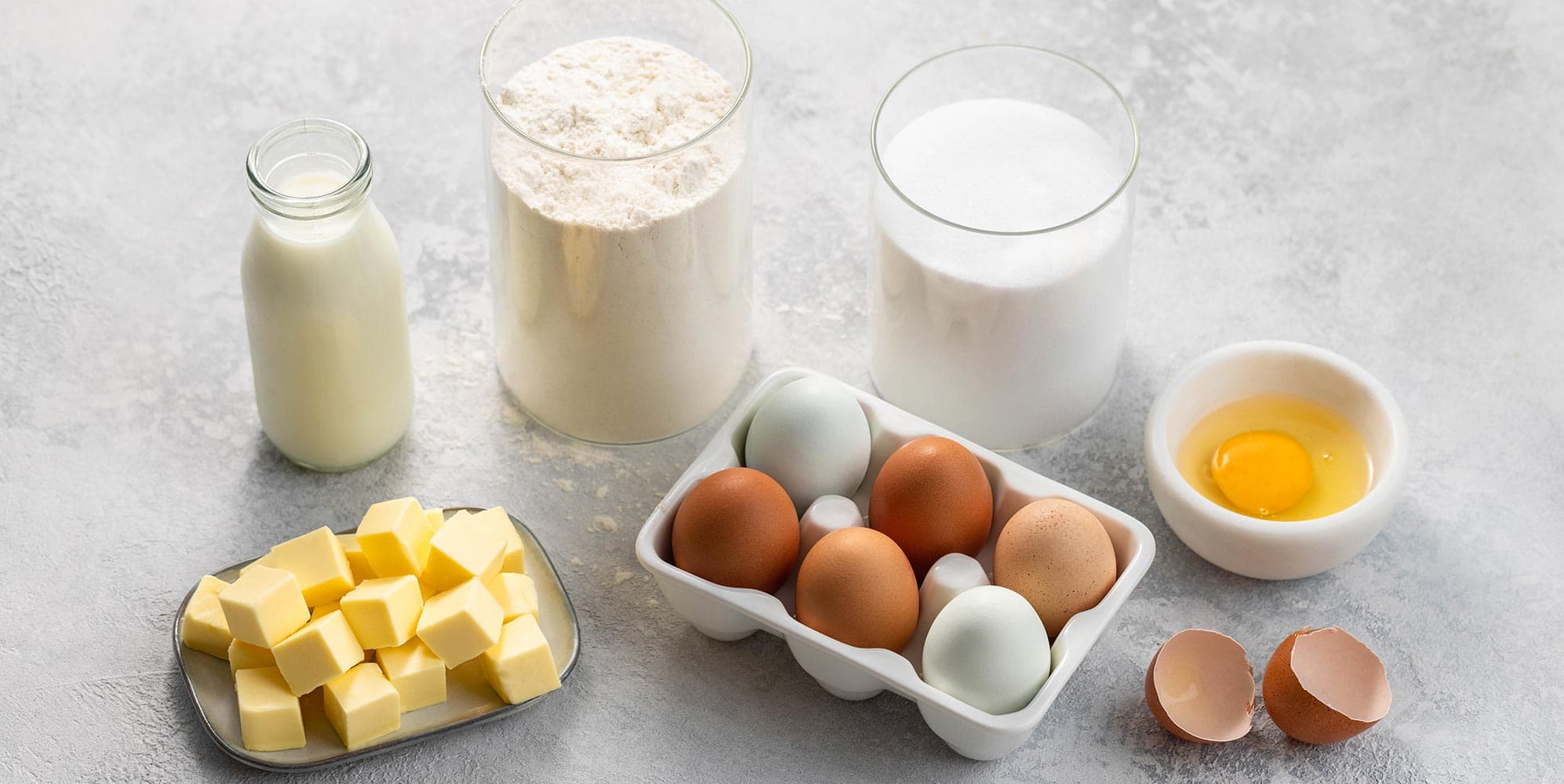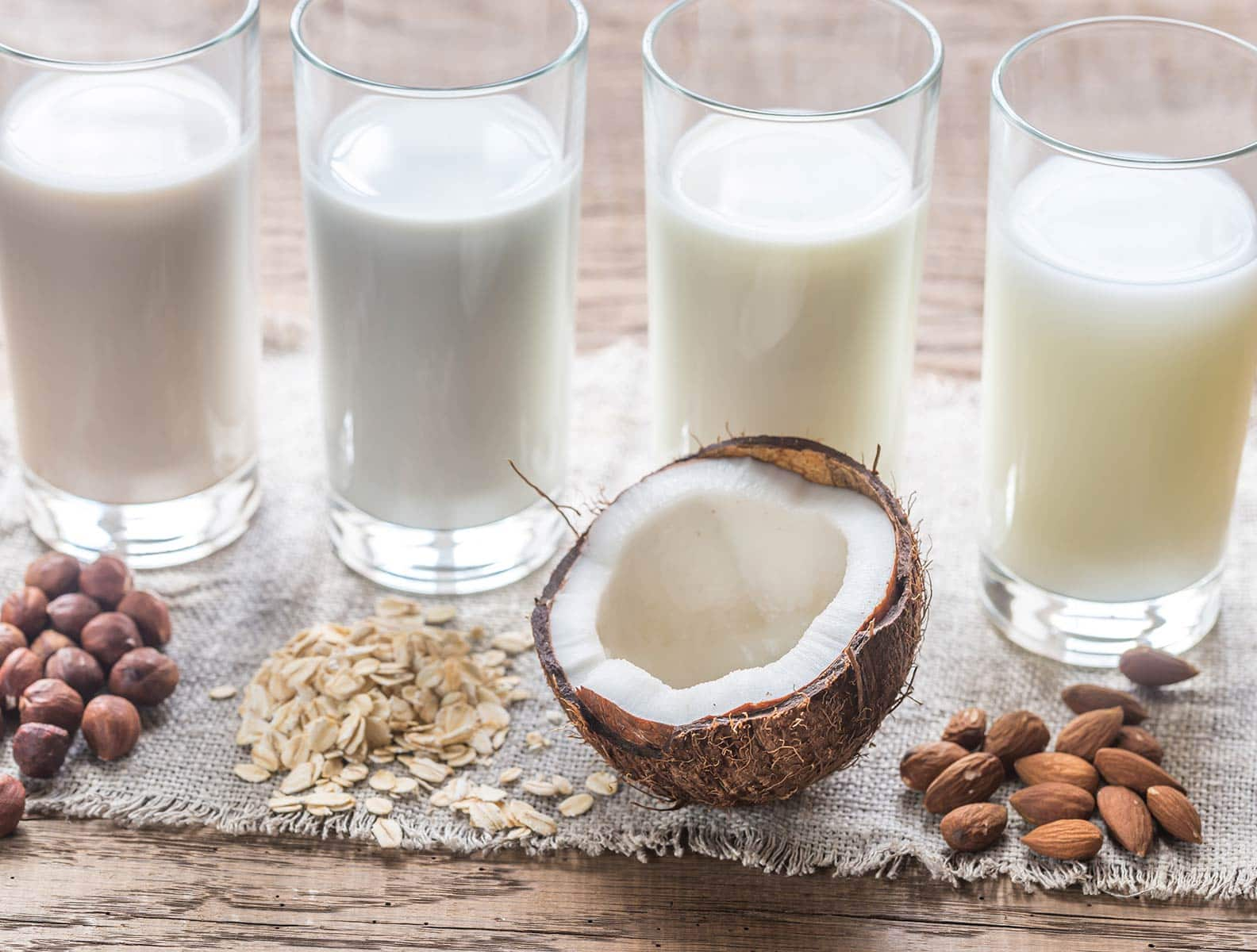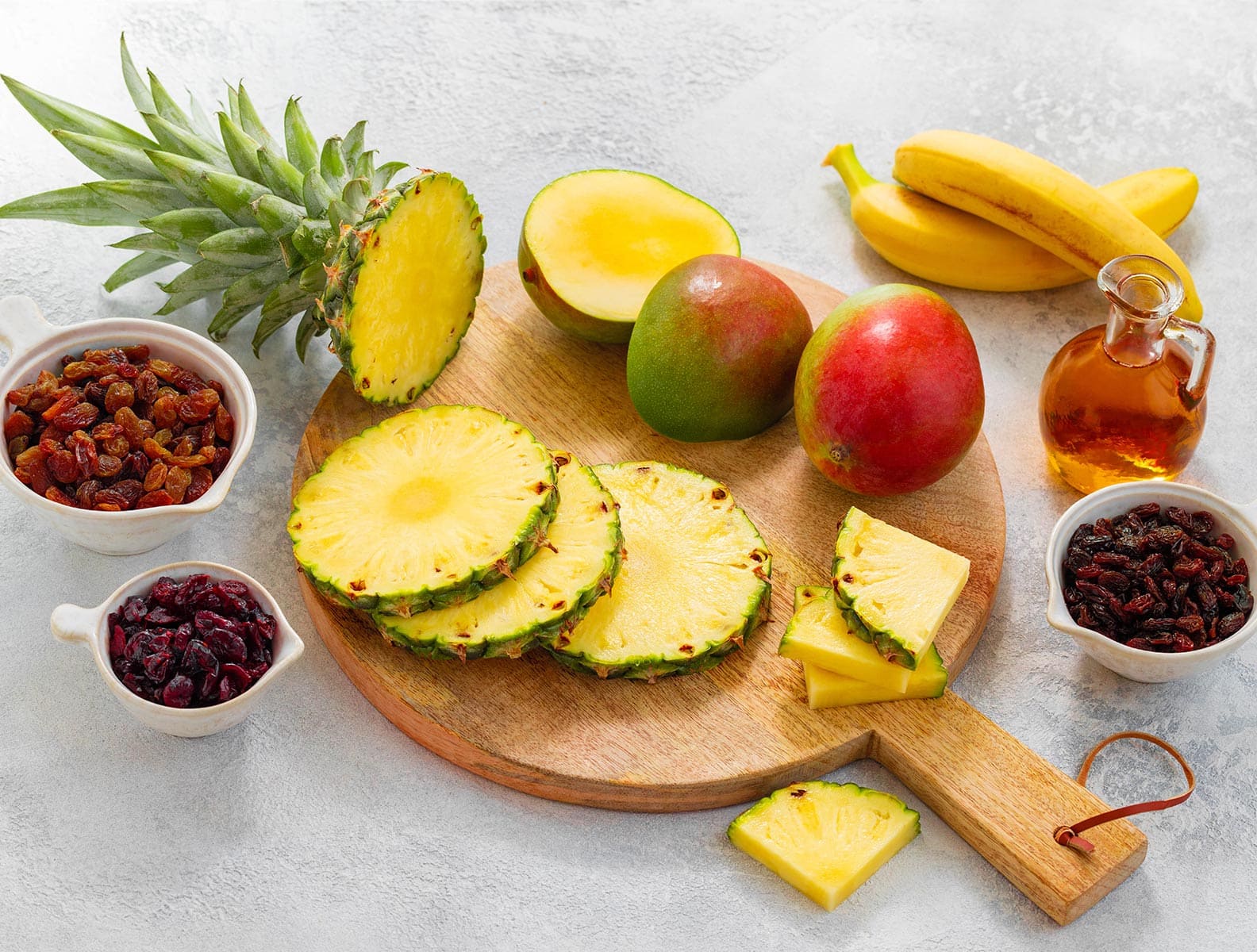Genius baking ingredient substitutions to help save the day
We’ve all been there. You’re getting ready to bake a cake and realise you’re out of a key ingredient like eggs or sugar, or they’re past their use-by date. But don’t abandon your recipe just yet. There are plenty of simple swaps you can make to keep things on track, using everyday ingredients from your cupboard.
Some of these substitutions will alter the end result a bit, either in flavour or consistency, but sometimes there will be no noticeable difference. Many of these swaps are also helpful when you’re catering for certain dietary requirements or food allergies, and can often make your bake a little bit healthier, too.
So for when you’re running low on anything from flour or baking powder to buttermilk, here are some of our favourite baking substitutions that may just save the day (and your bake).

Dairy substitutes


Running low on milk? Try your favourite plant-based milk instead, like coconut, soy, almond or rice. Likewise, in place of butter you can use vegetable spreads, Greek yoghurt or coconut oil, while using olive oil gives cakes a wonderfully buttery richness and golden crumb.
If you’re out of sour cream, a straight swap is to use the same quantity of plain yoghurt instead. Plain yoghurt can also be used in place of buttermilk. Another option if your recipe requires buttermilk is to use a mixture of milk and either lemon juice or white vinegar. So if you need 1 cup (240ml) of buttermilk, mix a tablespoon of either lemon juice or white vinegar with enough milk to make up the volume of 1 cup.
Looking beyond other oil and fat options, vegetables like grated carrots or courgettes can also be used to help hydrate a mix, as they release their moisture during the baking process.
Why not try making our deliciously moreish vegan banana bread with your stand mixer, which is made using vegetable oil instead of butter.
Sugar swaps


Fruits like banana, pineapple and mango are all high in sugar and will give your cakes plenty of natural sweetness, while dried fruit works well too, either chopped into small pieces or pureed down. Honey and maple syrup are also great swaps. Similarly, if you’ve run out of a certain type of sugar, you can sometimes just switch it for another. For instance, if your recipe calls for caster sugar, try using granulated sugar instead. Just quickly blitz it in your blender to get a finer powder.
Obviously replacing refined sugar with a wetter substance like a puree will affect the balance of ingredients, so getting the consistency will sometimes come down to a bit of trial and error- but practice makes perfect!
Egg replacements


Aquafaba can be whipped up just like egg whites, making it ideal to use when making meringues or macaroons. If you are substituting eggs in a recipe, 2 tablespoons of aquafaba is equivalent to about one egg white. When using it to make meringue, take into account that it will take a bit longer to whip to stiff peaks than egg whites. Whipping it together with some cream of tartar will help speed things up, as will using your stand mixer.
This recipe for a vegan coffee dacquoise uses aquafaba to produce the same crunchy, crispy meringue with a marshmallowy centre that you get using egg whites, and makes a stunning dinner party dessert.
Flour
Rich in protein and vitamin E, ground almonds are a favourite in gluten-free baking, and the sweet nutty taste pairs especially well with citrus flavours. The lack of gluten means you won’t get the same rise, but you will get a lovely rich, moist bake.
Polenta is another gluten-free swap for flour, and gives this tasty gluten free cumin and fennel cornbread a lovely golden colour and crumbly texture. For biscuits or dough, try using semolina. If you’re making something quite dense like banana bread or fruit loaf and discover you’re out of flour, try blitzing oats in your food processor to get a coarse flour substitute- it works a treat.
Baking powder and baking soda substitutions
If you’re all out of baking powder, it can be substituted with a mixture of cream of tartar and baking soda. Substitute 1 teaspoon of baking powder with a combination of ½ teaspoon of cream of tartar and ¼ teaspoon of baking soda. Or you can forget about substituting the baking powder altogether and just use self-raising flour instead of plain flour, as self-raising flour already contains some baking powder.
The most effective substitute for baking soda is baking powder, as although they aren’t the same thing (baking soda is much stronger), they work in a similar way. Work to a ratio of 1:3, so if you need 1 teaspoon of baking soda, use 3 teaspoons of baking powder.